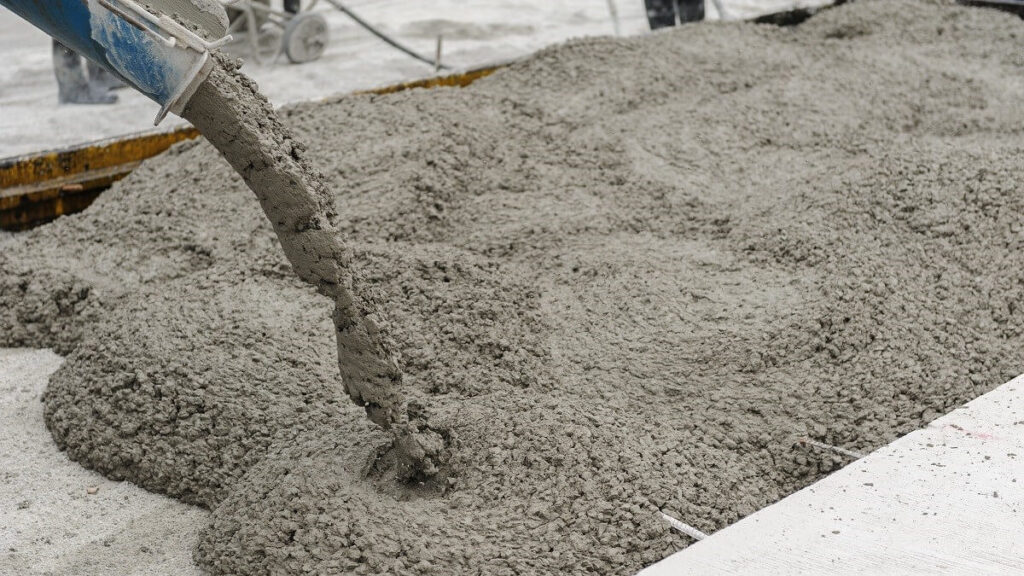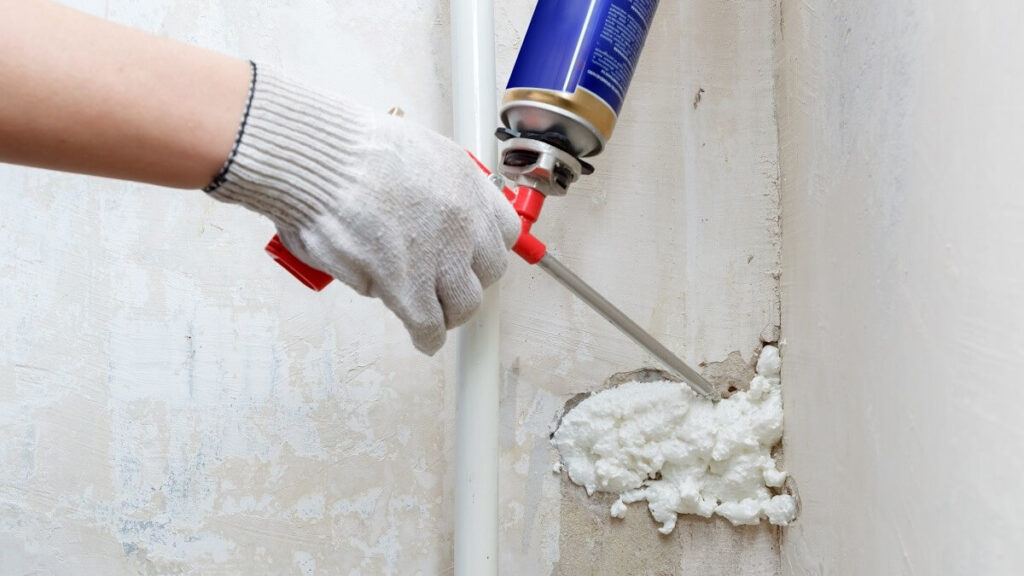Innovations in Construction: Specialty Chemicals Revolutionizing the Industry
- February 19, 2024
- Blog

Few industries are as dependent on specialty chemicals as the construction industry. These high-performing formulations make structures safer, help them last longer, and allow them to be more comfortable for the people and animals that use them. They can do this on their own, or by adding them to conventional building materials.
At Seatex, we serve businesses from all corners of the construction industry, using our expertise and experience to help customers create new products, scale them up, and get them in the hands of builders.
The following are some of the ways that innovative new formulations for the construction industry are being deployed today or are poised to reach the marketplace soon.
Delivering Greater Sustainability
Businesses in virtually every segment of the economy are focusing on sustainability as a way to build and protect their reputations, to attract investors or secure loans, to prepare for increased regulatory pressure, and to keep up with consumer demands; construction firms and their suppliers are no different.
In fact, the list of chemicals of concern that are currently in use in the industry is long, so there is ample opportunity for manufacturers to gain market share with a newer, greener formulation that can help end-users avoid lawsuits, achieve green building certifications, create healthier living and working spaces, and more.
One construction material many researchers are looking hard at is concrete, the production of which generates an estimated 8% of all human-caused emissions globally.
In 2021, a team at Purdue University found that by adding titanium dioxide to the cement mixture, they could double the speed at which the concrete absorbs carbon dioxide from the atmosphere. High-purity titanium dioxide is made by oxidizing ilmenite or other titanium minerals at high temperatures before being ground into a fine powder.
Insulation is another building material category where specialty chemical innovation has transformed the landscape in the last 20 years.
There are polyamide vapor retarders for controlling moisture and improving indoor air quality, and polyisocyanurate (polyiso) insulation panels for preventing thermal energy loss.
And as the concept of “global warming potential” (GWP) begins to become more well-known, makers of rigid foam insulation are beginning to transition from hydrofluorocarbons (HFCs)–which replaced ozone-depleting hydrochlorofluorocarbons (HCFCs) in the ‘90s–and their GWPs of 1,400+ to hydrofluoroolefins (HFOs) and their GWPs near 1.0.
A Host of Concrete Improvements

Speaking of concrete, specialty chemicals continue to spur breakthroughs of many different varieties in the world’s most ubiquitous building material, primarily in the form of admixtures. These can be added to the formula of cement, water, and aggregate to help concrete perform better in virtually all aspects, such as:
- improved curing
- increased hardness
- reduced shrinkage
- reduced water demand
- corrosion inhibition
- reduced weight
- colorization
- enhanced waterproofing
…and more.
For example, polycarboxylate polymers (PCEs) have progressed since their discovery 20 years ago to the point that they can extend a batch of concrete’s slump retention–or workability as a result of its consistency–to over two hours without compromising its early strength thanks to time-release dispersal. In fact, PCEs are so versatile they can be used to customize concrete based on mineralogical aspects of the cements and aggregates, delivery time, temperature, desired setting time, and other factors for the ultimate in design control.
In the research realm, scientists at the University of Exeter recently found that adding graphene to concrete vastly improved its strength. Graphene will be known to those who follow medical advancements as a promising vaccine adjuvant, but the “miracle” chemical made of a single layer of carbon atoms in a hexagonal lattice is shown to increase compressive strength 146% and flexural strength by 70%. Graphene-enhanced concrete is greener than traditional concrete, as well.
Plant-Based Corrosion Protection
From rusting steel to cracking concrete to rotting wood, construction materials take a beating from the elements that all falls under the umbrella of “corrosion.” Specialty chemicals offer a line of defense against these attacks of nature, extending materials’ lifespans, avoiding costly repairs, and ensuring the safety of everyone associated with a given structure.
Plant-based specialty chemicals are being studied as corrosion inhibitors as these are greener options than full-synthetic formulations. Although they may start out as naturally occurring phytochemicals, they require significant processing to be optimized for preventing corrosion.
One such compound called cardanol–the main component of cashew nut shell liquid (CNSL)–is already used as a building block for biopolymers and additives. Now, researchers have found that a water-soluble solution of CNSL made via emulsion with ethanol and treatment with hydrazine hydrate and sodium hydroxide produces an inhibitor of both anodic and cathodic corrosion in carbon steel, a widely used, cost-effective commercial construction material.
Other promising sources of these greener corrosion inhibitors include ginkgo biloba, tobacco leaf, olive leaf, and aloe vera leaf.
Friendlier Fire-Resistance
Like corrosion inhibitors, today’s fire-resistant chemical additives and coatings could be improved, and plant-based specialty chemicals may hold the key.
In recent years, fire retardants called organophosphate esters (OPEs) largely took the place of bromine-based flame retardants in construction materials and other products, due to toxicity concerns.
Fire retardants are important to the construction industry as methods of resisting or slowing the spread of fires and buying time for building occupants to escape. Modern buildings are loaded with combustible materials, particularly plastics, that can spread fire quickly, and fire codes are becoming increasingly strict.
For example, the high-density polyethylene (HDPE) layer found in aluminum composite cladding has contributed to devastating fires in recent years due to its incredibly high combustibility ratio.
But also like corrosion inhibitors, plants may hold the answer to better fire protection. Gallic acid from nuts and tea leaves, and a substance in buckwheat called 3,5-Dihydroxybenzoic acid demonstrate palpable fire-retarding abilities once treated with phosphoryl chloride.
Some specialty chemical manufacturers are also working to develop more environmentally friendly bromine-based flame retardants.
And non-halogenated flame retardants such as nitrogen-based compounds are gaining in popularity as they are known to be effective at low levels, to contain low toxicity, and to be suitable for recycling, which can be a thorny issue for many products with traditional flame retardant chemicals.
They are already in use in certain polyurethane foams, paints, textiles, and wallpapers, and they show promising self-extinguishing capability in moldings, adhesives, and insulation.
Adhesion and Sealing Technology

Sealants and adhesives play many different, vital roles in residential and commercial construction. Some adhesives are for non-structural purposes–for floor and wall coverings, for example– and emulsion or dispersion formulations, neoprene contact, solvent-based, or natural and renewable adhesives and glues. Structural adhesives for masonry, glassworks, construction panels, etc. tend to be epoxies, polyurethanes, silicones, and heavy-duty acrylics.
One adhesive in particular that’s garnering attention is polyurethane foam adhesive (PFA), not just for its help in building structures–for example, to fill gaps and create a bond between the subfloor and joist–but for stabilizing the soil underneath them. A rigid foam made from Isocyanate and polymer Polyol that boasts crack resistance, non-reactivity to moisture, and better eco-friendliness than lime or Portland cement, PFA has been found to improve stability in fragile calcareous sand on its own, and in soil beneath ballastless railway tracks when combined with scrap rubber.
Hybrid technology that combines the best of silicones and polyurethanes has created a new class of adhesives referred to as “modified polymers.” These advanced specialty chemicals often offer faster, stronger bonds with less clamping necessary. This superior adhesion is also showing up in combination sealer+adhesives for all-weather, even antimicrobial sealing in some cases, of doors, windows, joints, roofs, siding, and more.
Seatex Has Decades of Experience Serving the Construction Industry
Whether you need building materials that are stronger, lighter, tougher, or more eco-friendly, our expertise in custom manufacturing specialty chemicals makes us an invaluable partner for businesses involved in construction.










